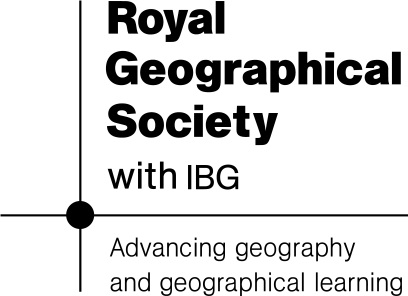Manchester City Council worked with Gaist to ensure it had the right data to secure additional investment for maintaining its highways network to support the city’s growth ambitions.
Challenge
The City Council lacked accurate information about its highway network and needed a detailed inventory to build a robust business case for more funding.
Solution
High quality geospatially-referenced data from a series of carriage and footway surveys carried out by Gaist was fed into a software system and linked using national geographic identifiers to provide a visual picture of the condition of the network. This included robust and accurate treatment areas, predicted deterioration and cost of rectifying the network to the required standards.
Gaist uses technology and a data-centred approach to transform the maintenance, monitoring and repair of key infrastructure. They were commissioned to carry out Carriageway & Footway Treatment Surveys (CTS and FTS) across the city’s entire highway network, as well as picking up inventory and condition data for various other highway assets. The condition and proposed treatments identified were validated by regular site meetings with the inspectors and our maintenance engineers throughout the duration of the survey work.
The survey results were uploaded the council’s Geographical Resource Platform (GRP) GIS software, which provides a visual picture of the condition of the network, including robust and accurate treatment areas, predicted deterioration and cost of rectifying the network to the required performance standard.
The high quality geospatially referenced data was linked using national identifiers from the National Street Gazetteer and OS MasterMap Topographic Identifiers (TOIDs). By combining geographic information with condition assessment data and services, local authorities have been able to develop a richer temporal and spatial understanding of their highways networks, monitor results and contractor performance. This enhanced spatial evidence base is leading to more cost-effective decision making within local government, ensuring that limited resources deliver the maximum beneficial returns.
Benefits
Provides a foundation for evidence-based business cases
The compelling business case created using the data provided by Gaist supported the Council’s Growth Agenda targeting key routes to new development areas, as well as the worst condition ‘community routes’. Furthermore, it was also used in a successful bid for Department for Transport Challenge funding which resulted in a grant of £6.3 million to resurface five major roads across the City, and following a refresh of the modelling data, £80m of additional funding was approved by the Council for the period to 2021/22.
Enables location-based decision-making for work to be targeted in the right place at the right time
Decisions can be tailored using local “social” factors. This insight contributes to more cost-effective decision-making and more efficient use of resources to ensure maximum return on investment.
Improved collaborative working between highways asset management and elected members,
The data is simple to integrate into existing GIS tools to provide a complete picture of asset and condition information that is easy to understand and can be shared across the Council.



